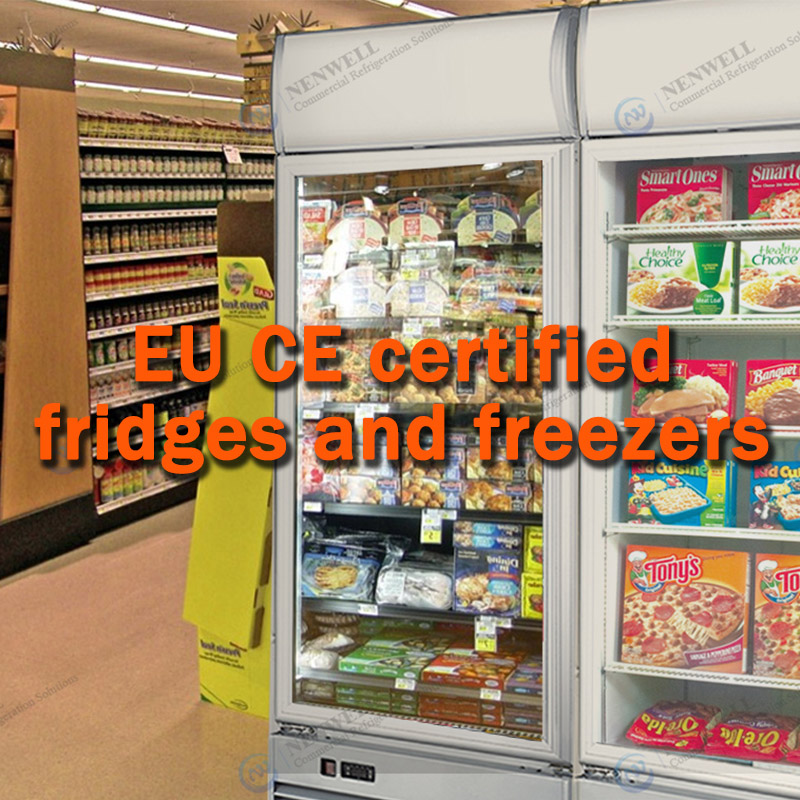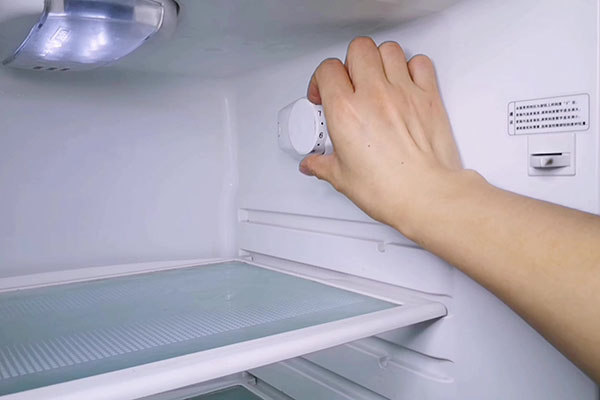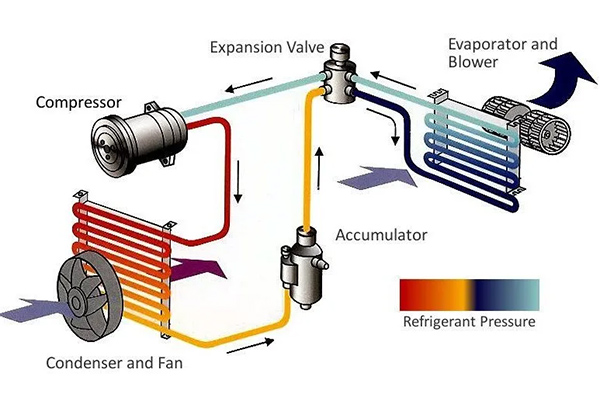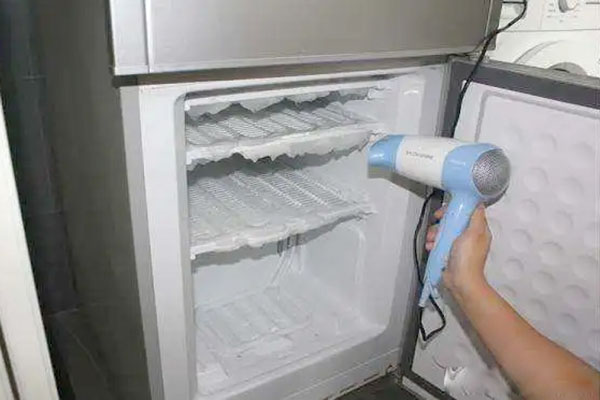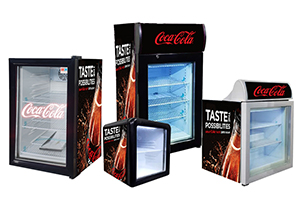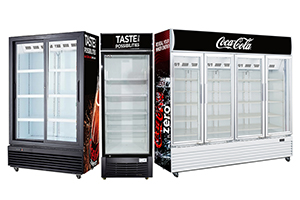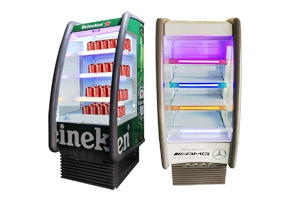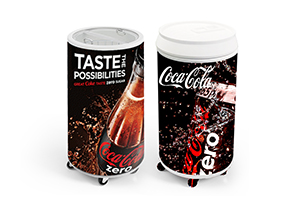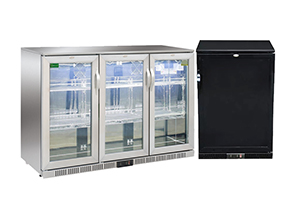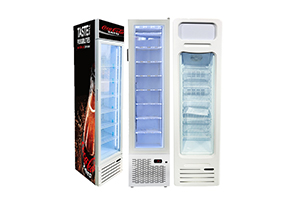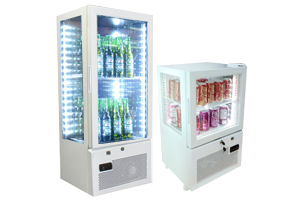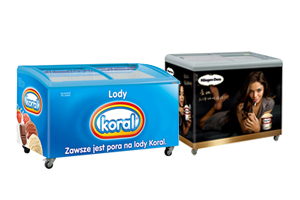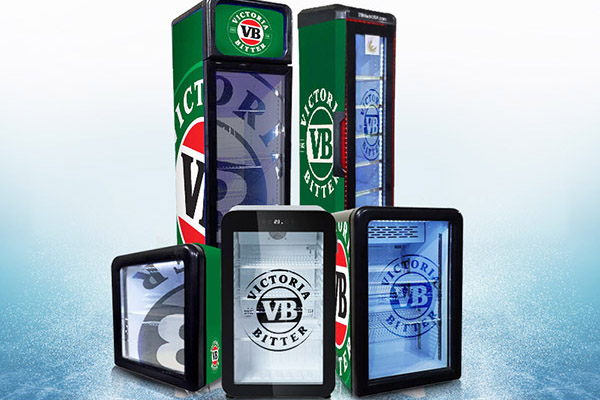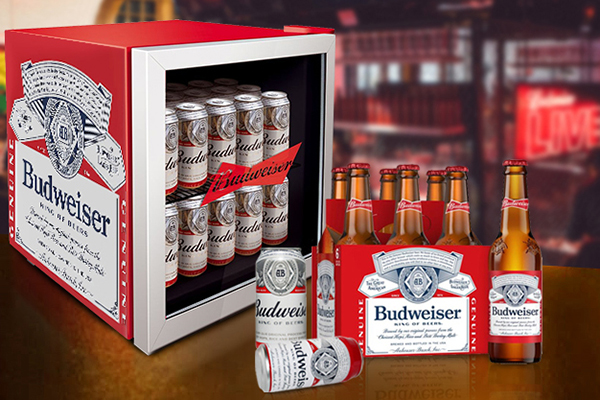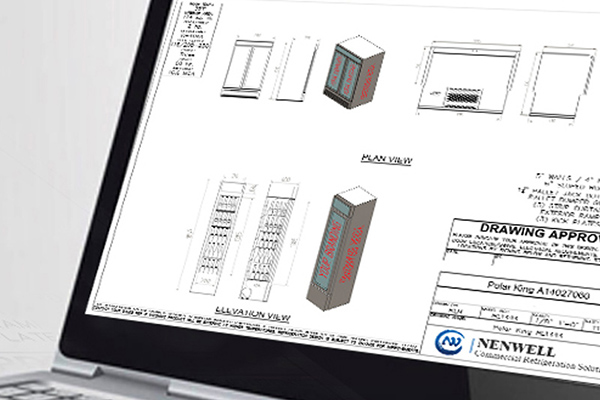What is CE Certification ?
CE (European Conformity)
TThe CE marking, often referred to as "CE certification," is a symbol that indicates a product's compliance with European Union (EU) safety, health, and environmental protection requirements. CE stands for "Conformité Européene," which means "European Conformity" in French. It is a mandatory marking for certain products sold within the European Economic Area (EEA), which includes all EU member states as well as a few other countries..
What are CE Certificate's Requirements on Refrigerators for European Market ?
CE certification requirements for refrigerators in the European market are established to ensure the safety, performance, and environmental compliance of these appliances. Refrigerators must meet specific European Union (EU) directives and standards to obtain CE certification. Here are some key requirements for refrigerators to achieve CE certification:
Electromagnetic Compatibility (EMC)
Refrigerators must not generate electromagnetic interference that could affect other devices, and they must be immune to external interference.
Low Voltage Directive (LVD)
Refrigerators must comply with electrical safety standards to protect against electric shock, short circuits, and other electrical hazards.
Energy Efficiency
Refrigerators must meet energy efficiency requirements, often specified in the Energy Labeling Directive. These requirements aim to reduce energy consumption and promote environmental sustainability.
Safety of Household and Similar Appliances
Compliance with the applicable standard, EN 60335-1, which addresses safety requirements for household and similar electrical appliances.
RoHS Directive (Restriction of Hazardous Substances)
Refrigerators must not contain prohibited substances, such as lead, mercury, or hazardous flame retardants, in concentrations exceeding the limits defined by the RoHS Directive.
Environmental Performance
Refrigerators should be designed to minimize their environmental impact, including considerations for material recyclability and energy efficiency.
Noise Emissions
Compliance with noise emission limits, as specified in EN 60704-1 and EN 60704-2, to ensure that refrigerators do not produce excessive noise.
Waste Electrical and Electronic Equipment (WEEE)
Manufacturers must provide a system for the proper disposal and recycling of refrigerators when they reach the end of their life cycle, in accordance with the WEEE Directive.
Documentation and Technical Files
Manufacturers must create and maintain technical documentation and files that demonstrate how the refrigerator complies with the applicable directives. This includes test reports, risk assessments, and a Declaration of Conformity (DoC).
CE Marking and Labeling
The product must bear the CE marking, which is affixed to the product or its accompanying documentation. It indicates compliance with EU requirements.
Authorized Representative (if applicable)
Manufacturers based outside the EU may need to appoint an authorized representative within the EU to ensure compliance with CE marking requirements.
Notified Bodies (if applicable)
Some refrigerators, especially those with specific risks, may require third-party assessment and certification by a Notified Body (an accredited organization).
Tips about How to Obtain ETL Certificate for Fridges and Freezers
The process of obtaining a CE certificate for fridges and freezers can be complex, and requirements may vary depending on product specifications and EU directives. It's essential to consult with experts in product certification and the specific EU directives that apply to your products to ensure a smooth and successful certification process. Here are some tips on how to obtain a CE certificate for your fridges and freezers:
Identify Applicable Directives and Standards
Understand the relevant EU directives and harmonized standards that apply to refrigerators and freezers. For these products, you may need to consider directives related to electrical safety, electromagnetic compatibility (EMC), and energy efficiency, among others.
Product Compliance Assessment
Perform a comprehensive assessment of your products to ensure that they meet the requirements of the applicable EU directives and standards. This may involve design modifications to meet specific safety and performance criteria.
Risk Assessment
Conduct a risk assessment to identify and mitigate any potential hazards associated with your products. Address any safety concerns by implementing appropriate safety measures in your product design.
Technical Documentation
Create and maintain detailed technical documentation that includes information about your product's design, specifications, safety measures, and test results. This documentation will be required when applying for the CE certificate.
Testing and Verification
Depending on the directives and standards applicable to your products, you may need to conduct testing or verification to ensure compliance. This could include electrical safety testing, EMC testing, and energy efficiency testing.
Appoint an Authorized Representative
If your company is located outside the EU, consider appointing an authorized representative within the EU. This representative can assist with the CE certification process and serve as a point of contact with EU authorities.
Apply for CE Certification
Submit an application for CE certification to a Notified Body, if required. Notified Bodies are organizations designated by EU member states to assess the conformity of certain products. Depending on the product category and specific directives, certification by a Notified Body may be mandatory.
Self-Declaration
In some cases, you may be able to self-declare conformity with CE requirements without the involvement of a Notified Body. However, this depends on the specific directives and product categories.
CE Marking
Once your products are certified or have been self-declared in compliance with CE requirements, affix the CE mark to your products. This mark must be placed prominently and legibly on your products and their accompanying documentation.
The Difference Between Static Cooling And Dynamic Cooling System
Compare with static cooling system, dynamic cooling system is better to continuously circulate the cold air around inside the refrigeration compartment...
Working Principle Of Refrigeration System – How Does It Work?
Refrigerators are extensively used for residential and commercial application to help store and keep food fresh for longer, and prevent spoilage ...
7 Ways to Remove Ice from a frozen Freezer (the Last Method Is Unexpected)
Solutions to removing ice from a frozen freezer including cleaning the drain hole, changing the door seal, manual removing the ices ...
Products & Solutions For Refrigerators And Freezers
Retro-Style Glass Door Display Fridges For Beverage & Beer Promotion
Glass door display fridges can bring you something a little different, as they are designed with an aesthetic appearance and inspired by the retro trend ...
Custom Branded Fridges For Budweiser Beer Promotion
Budweiser is a famous American brand of beer, which was first founded in 1876 by Anheuser-Busch. Today, Budweiser has its business with a significant ...
Custom-Made & Branded Solutions For Refrigerators & Freezers
Nenwell has extensive experience in customizing & branding a variety of stunning and functional refrigerators & freezers for different businesses...
Post time: Oct-27-2020 Views:

